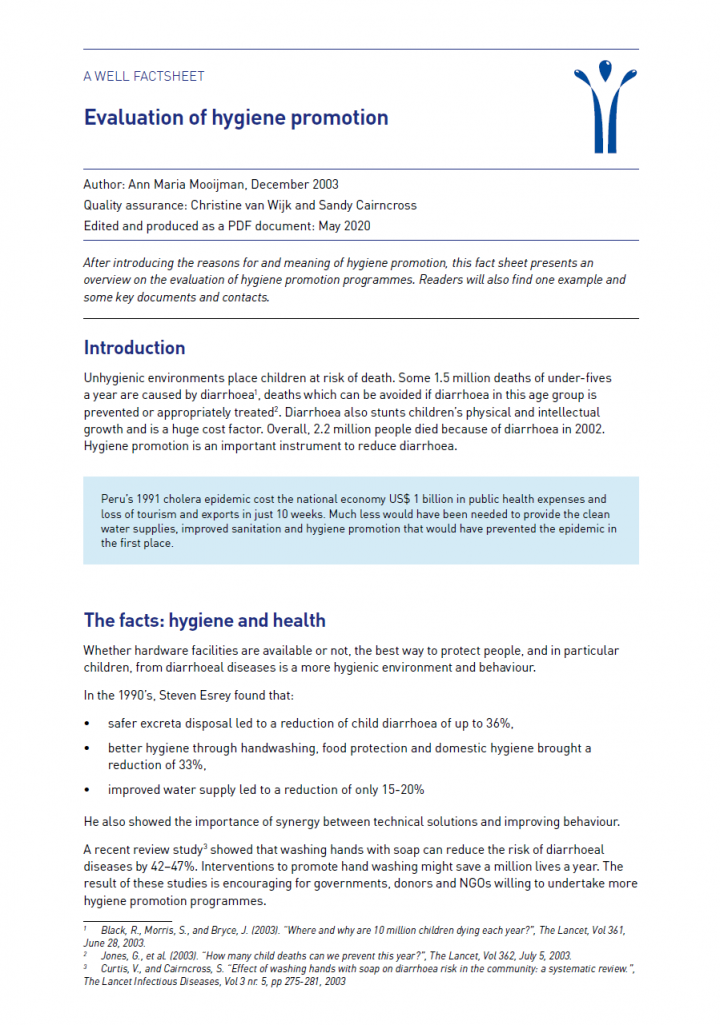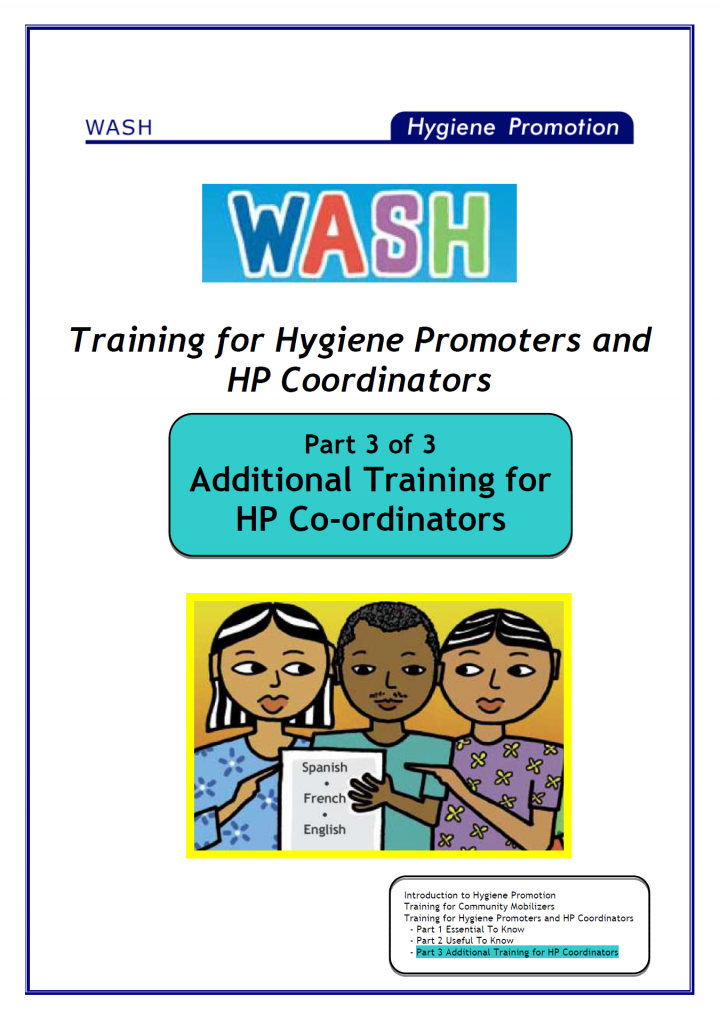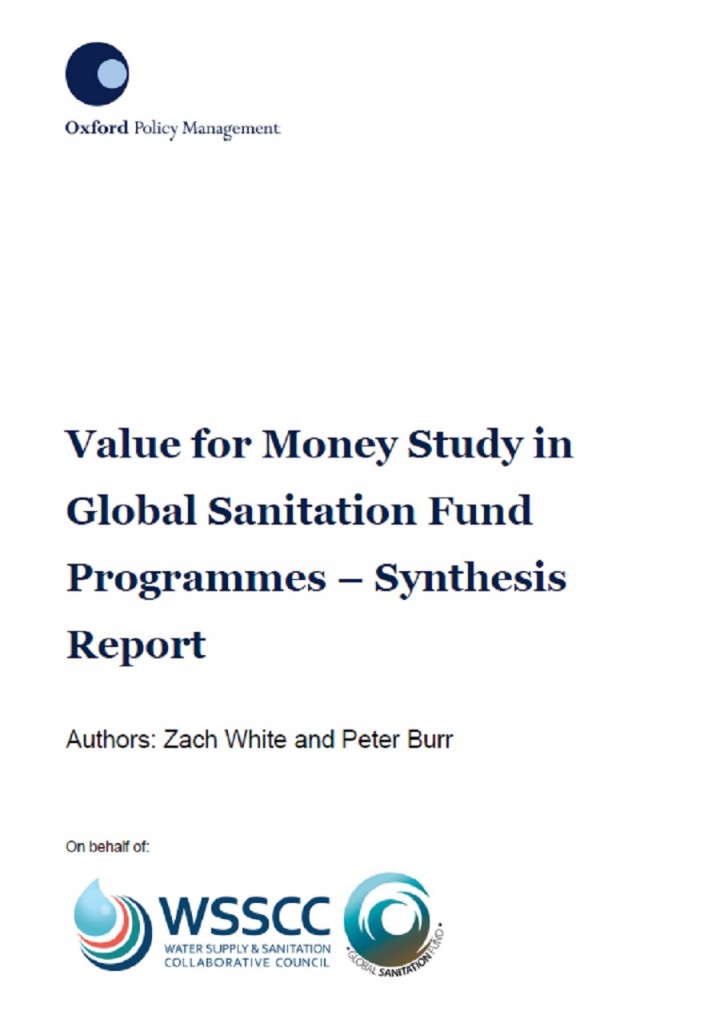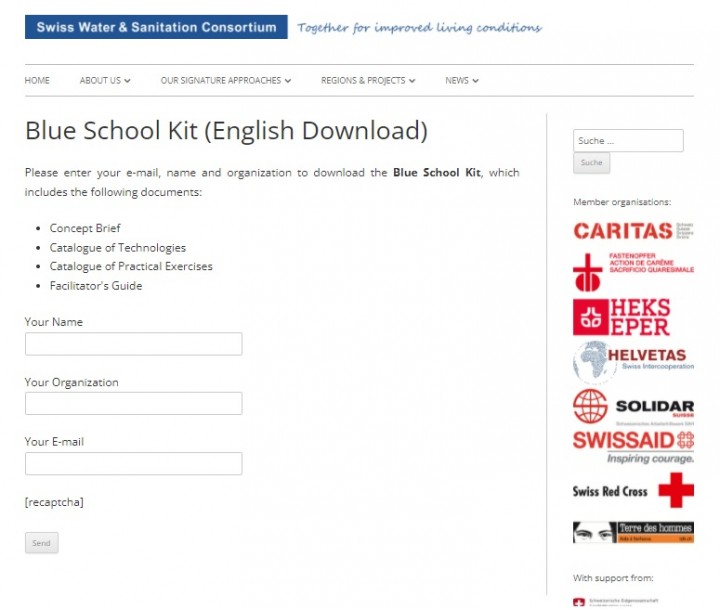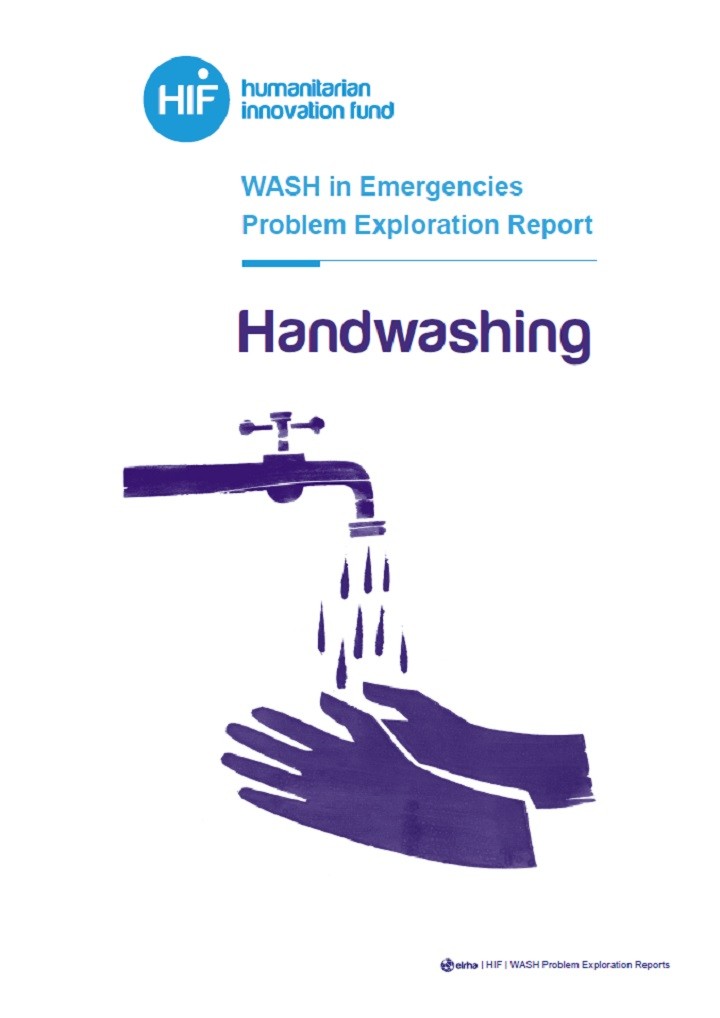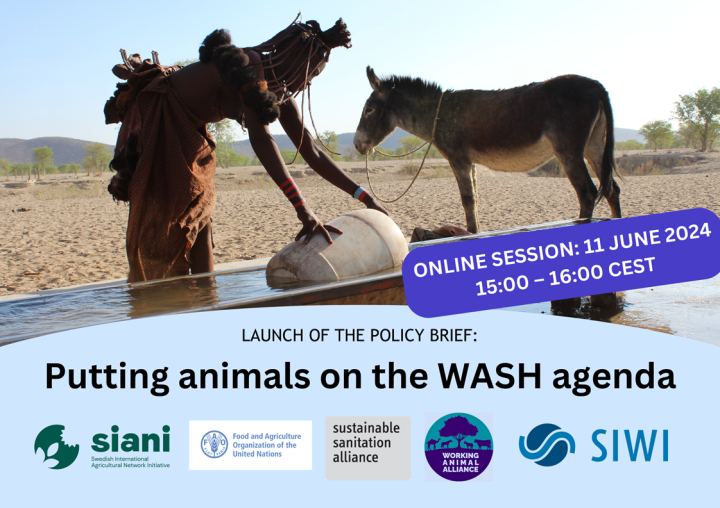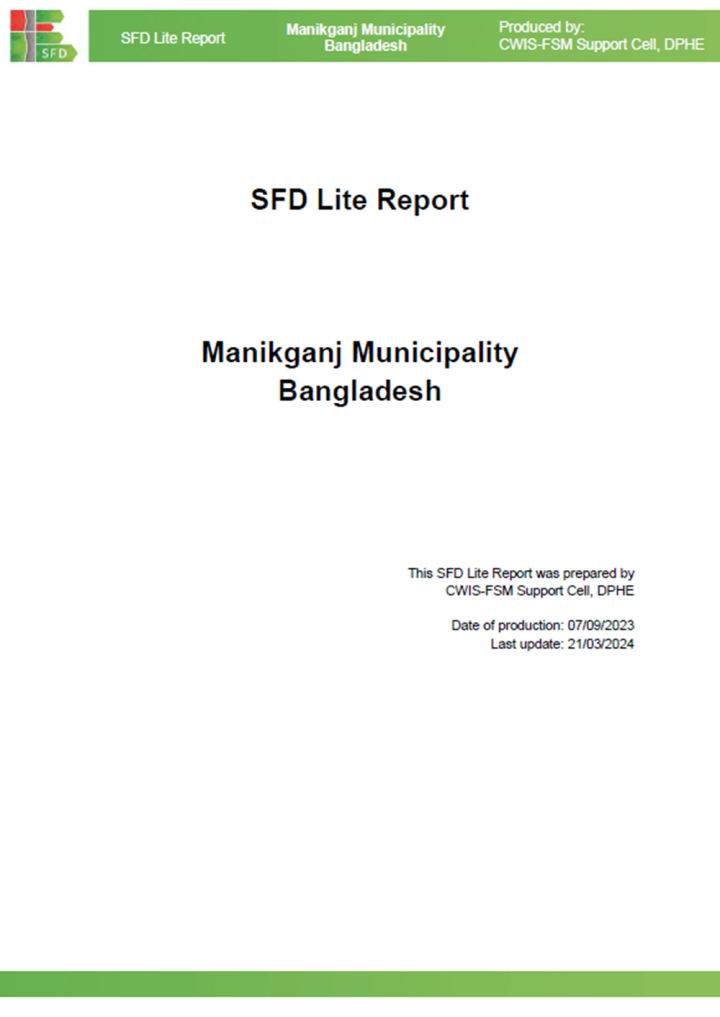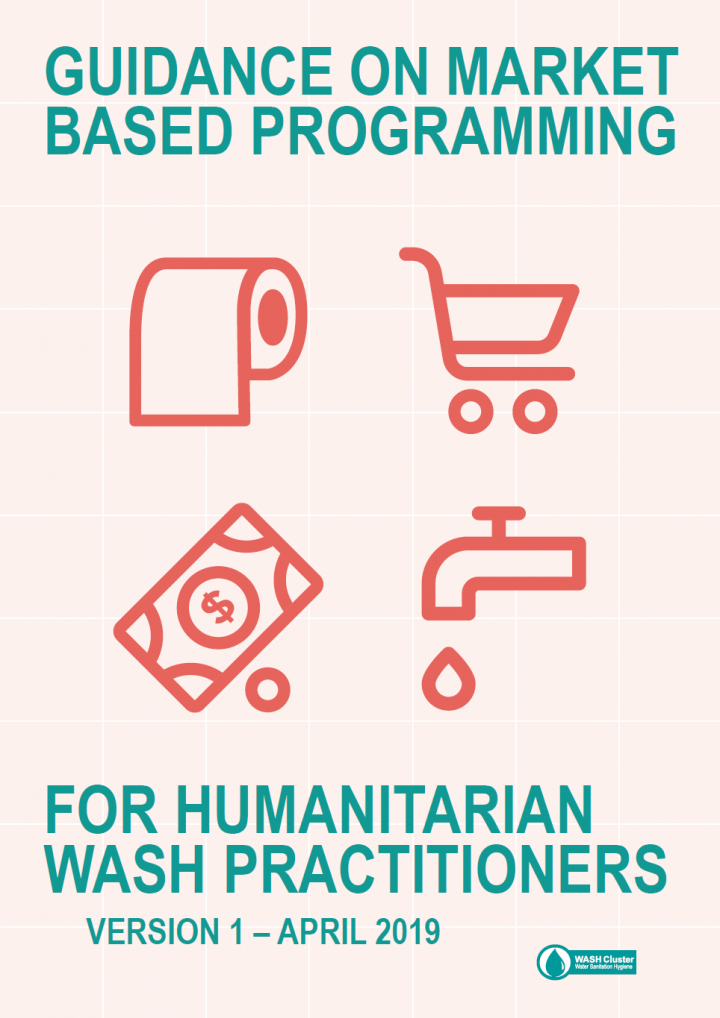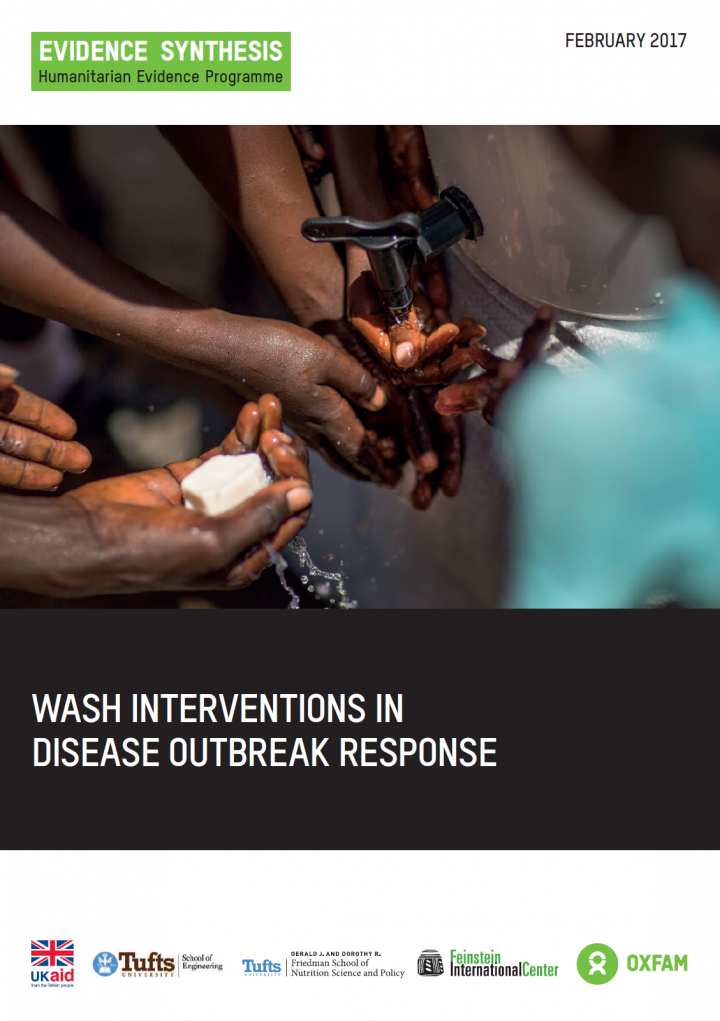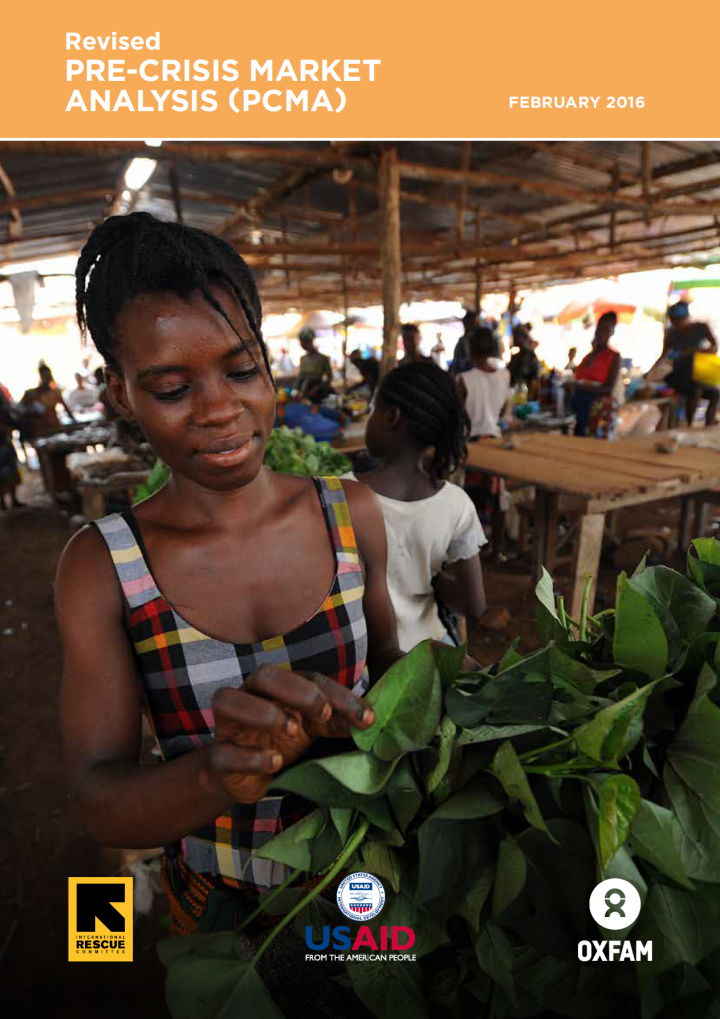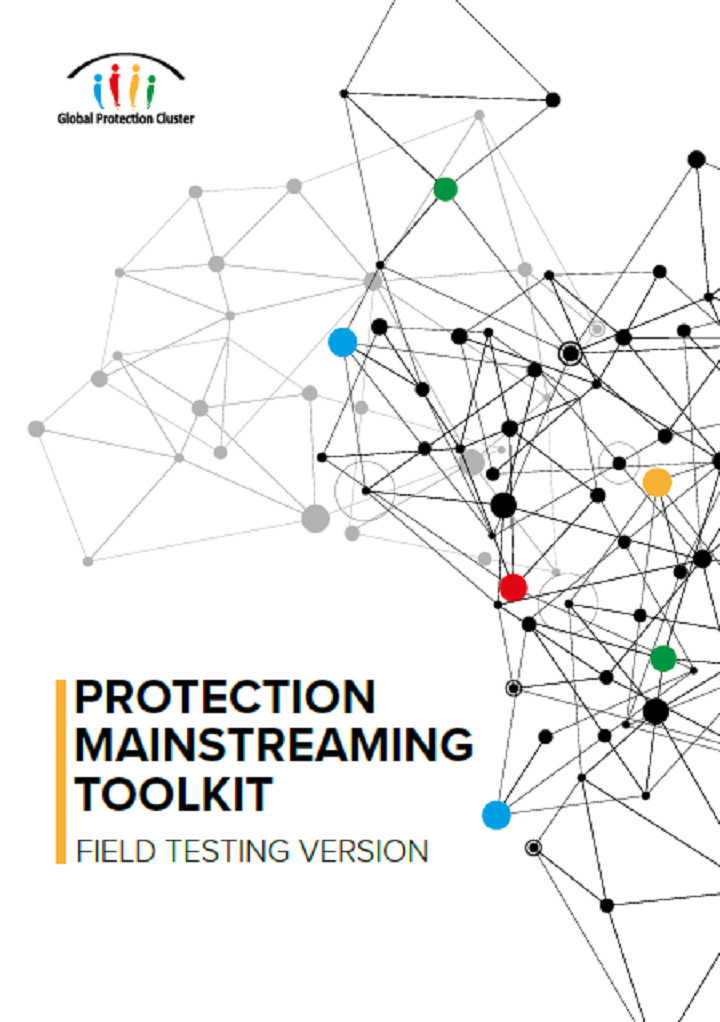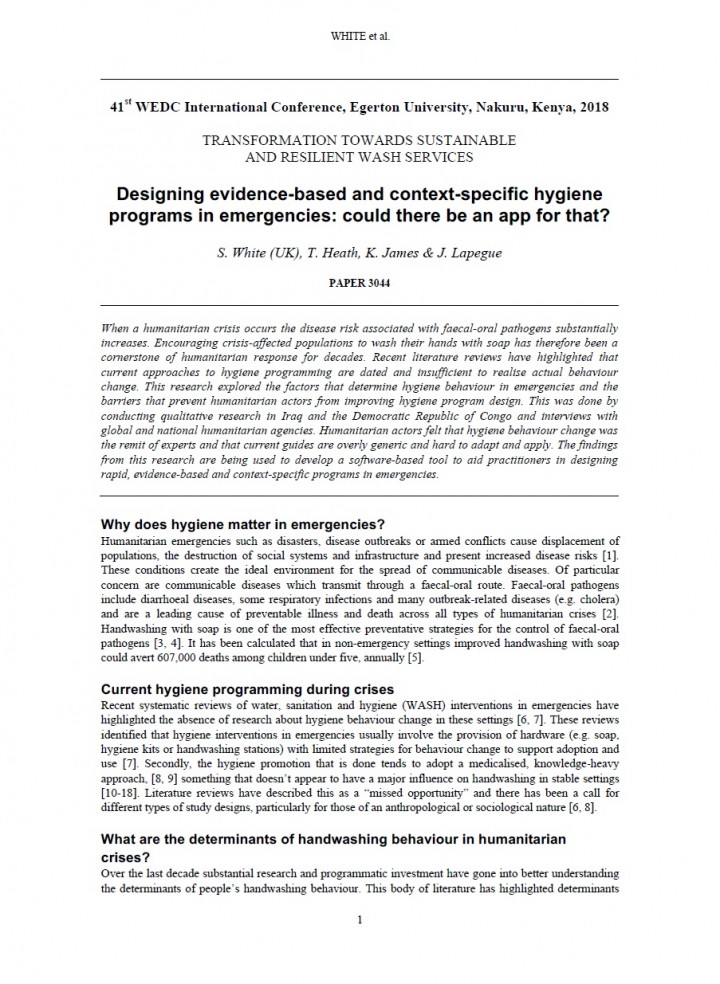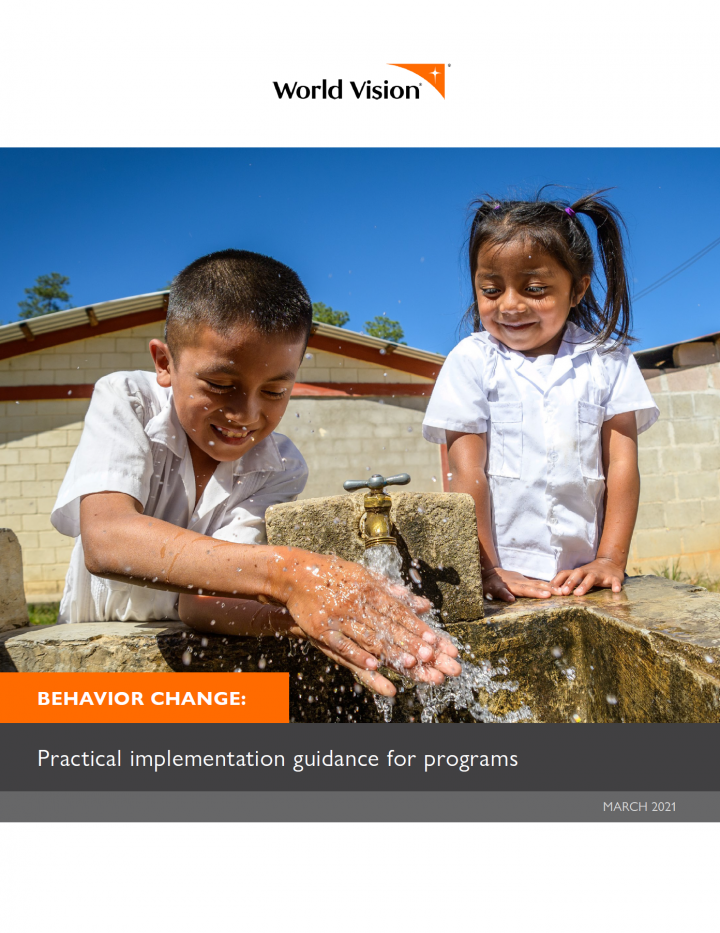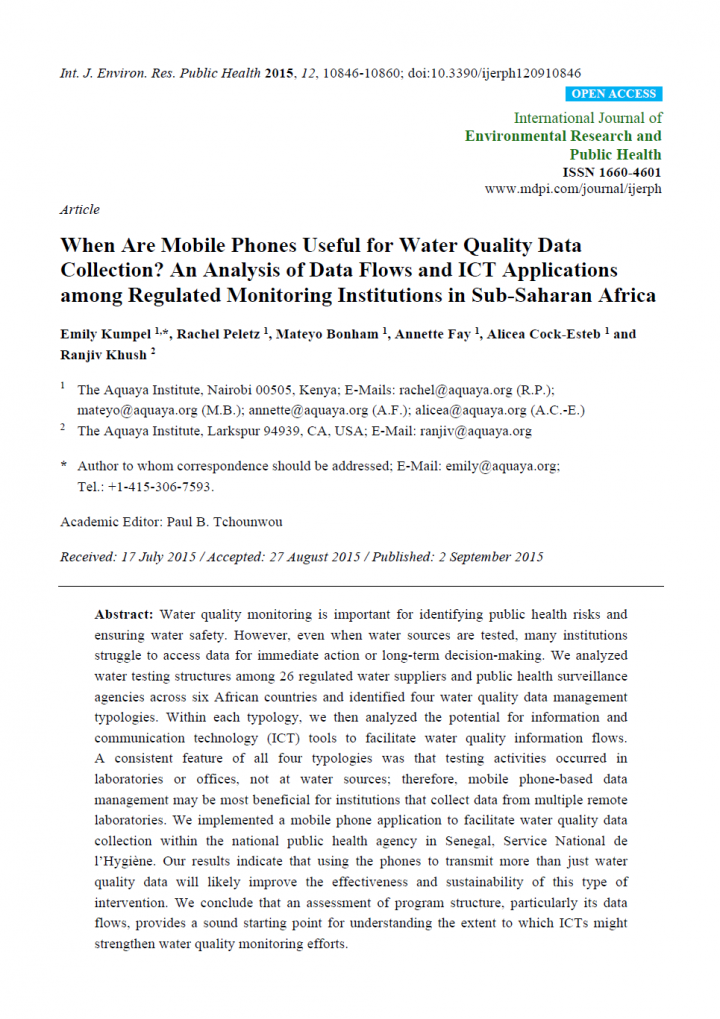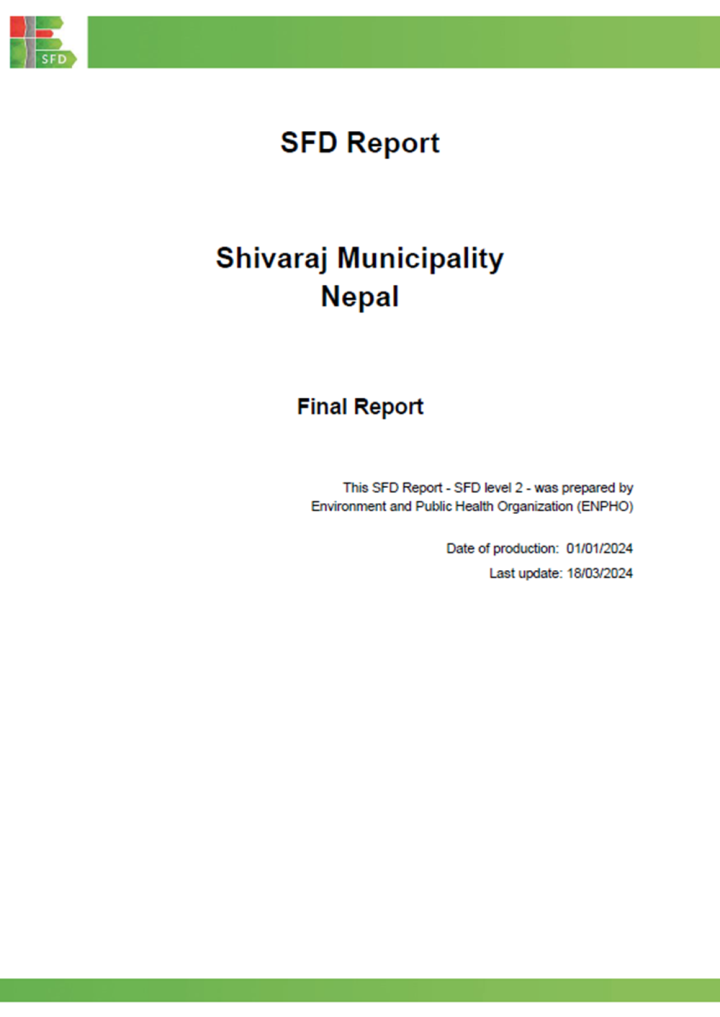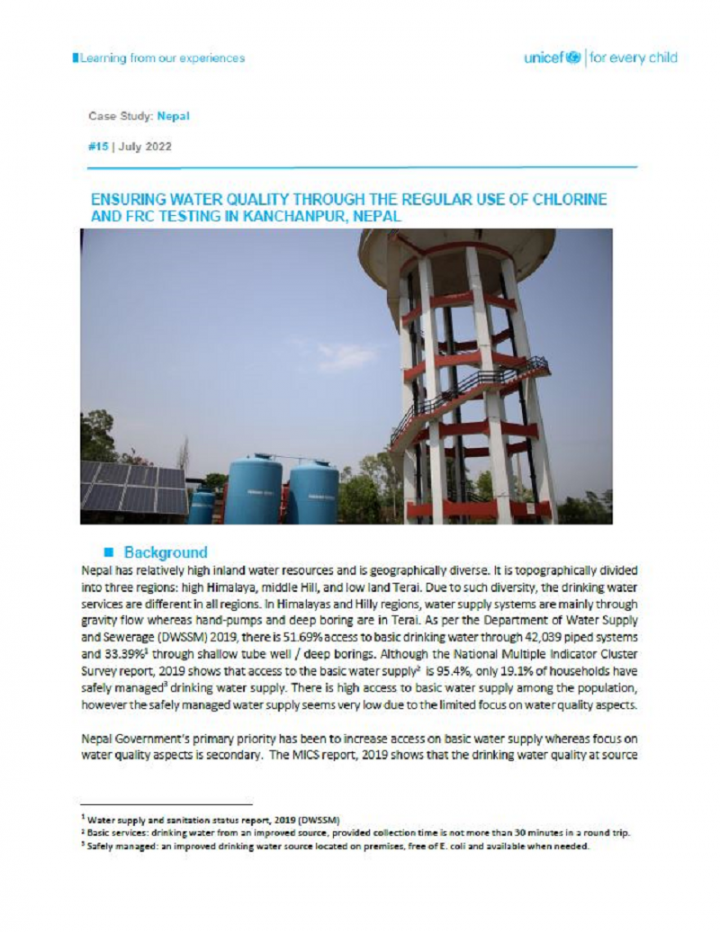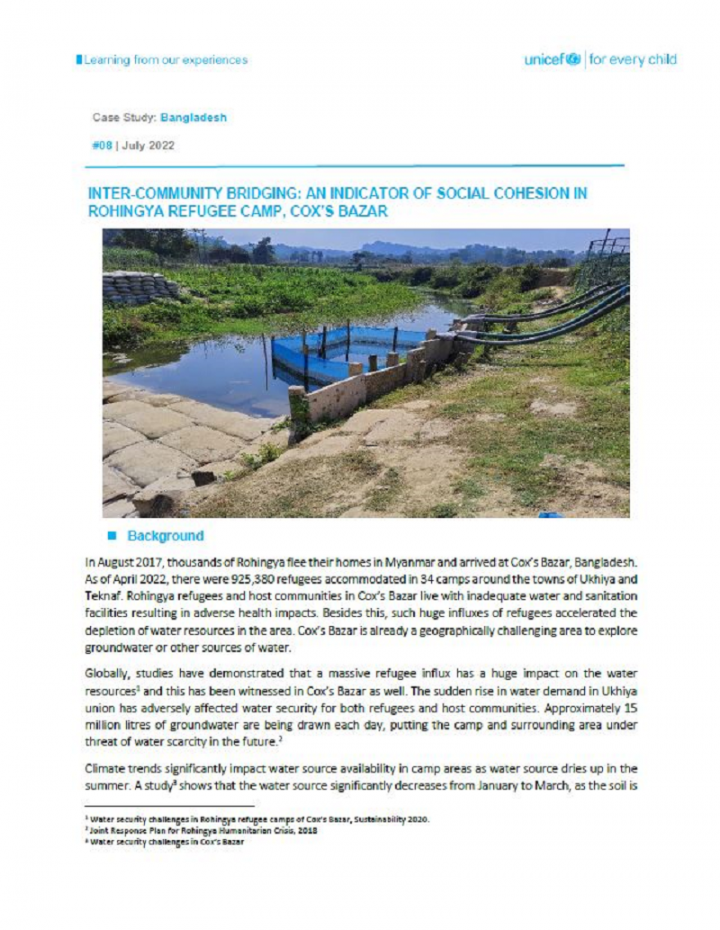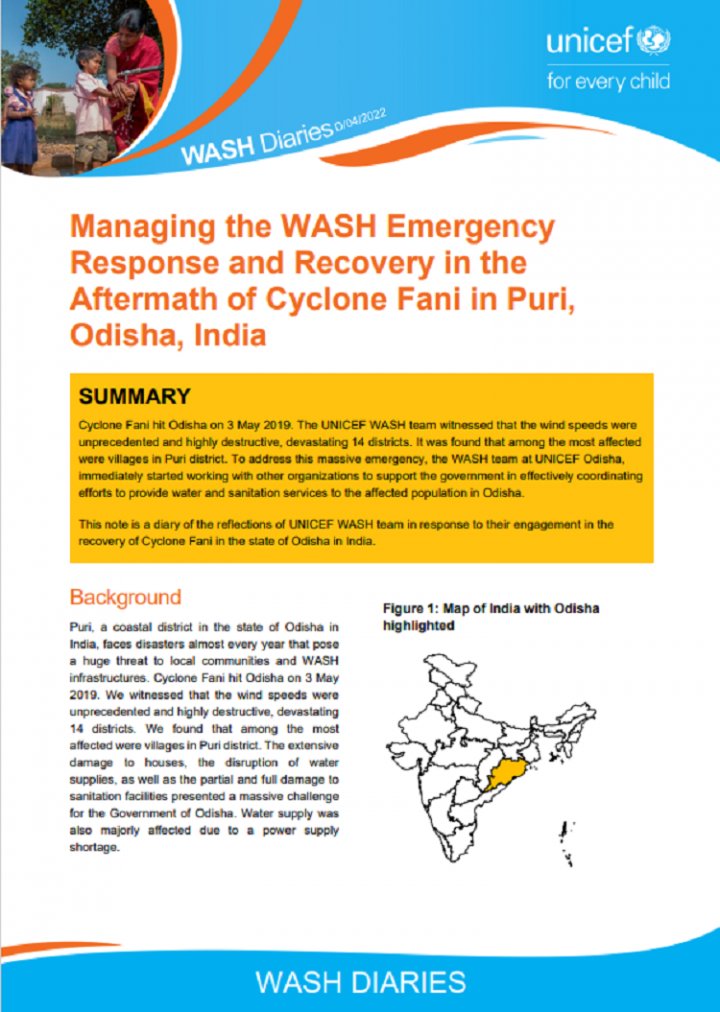Searching for information on Sanitation Workers?
The Sanitation Workers Knowledge + Learning Hub is the best source for all current news, trends, articles and updates on sanitation workers rights around the world.
Unhygienic environments place children at risk of death. Some 1.5 million deaths of under-fives a year are caused by diarrhoea, deaths which can be avoided if diarrhoea in this age group is prevented or appropriately treated. Diarrhoea also stunts children’s physical and intellectual growth and is a huge cost factor. Overall, 2.2 million people died because of diarrhoea in 2002. Hygiene …
This manual contains training materials and handouts to enable facilitators to rapidly prepare training for different levels of hygiene promoters.
It can also serve as a resource for self directed learning by both hygiene promoters and others involved in supporting or managing WASH interventions.
This report is the final output of the ‘Value for Money Study in Global Sanitation Fund Programmes’, hereafter ‘the VFM-GSF project’, funded by the Water and Sanitation Supply Collaborative Council (WSSCC)/Global Sanitation Fund (GSF).
The stated objectives of the project were threefold:
1. To assess GSF-funded sanitation and hygiene implementation programmes to gauge current levels …
Globally, at least two billion people use a drinking water source contaminated with faeces1. As result of microbial contamination with faeces, it poses the greatest risk to drinking-water safety. In 2010, the UN General Assembly explicitly recognized the human right to water and sanitation. Everyone has the right to sufficient, continuous, safe, acceptable, physically accessible, and affordable …
Animal species are an integral part of the systems that supply our drinking water and ensure that we live healthy lives. Yet, interventions to promote water, sanitation, and hygiene (WASH) often fail to consider animals’ roles, needs, and impacts on the services and implications of WASH systems for animals with whom we share water sources.
Manikganj is a fast-growing city, which is 54 km away from the Dhaka city. It is beside the Kaliganga River and well connected with road and waterway. It is one of the oldest towns and was declared Municipality in 1972.
According to the population census in 2011 by the Bangladesh Bureau of Statistics (BBS), the Manikganj city population was 71,698. The urban population growth is 2% per year. …
WASH markets are likely to be affected by a crisis. It can create disruption of both supply of and access to WASH-related goods and services. Both need to be considered and addressed by humanitarian responses to people’s needs. But if humanitarian agencies do not consider markets, interventions can accidentally harm these markets and the whole population depending on them. In the case of weak …
This evidence synthesis, commissioned by the Humanitarian Evidence Programme and carried out by a team from the Civil and Environmental Engineering Department of Tufts University, identifies, synthesizes and evaluates existing evidence of the impacts of water, sanitation and hygiene (WASH) interventions in disease outbreaks in 51 humanitarian contexts in 19 low and middle-income countries (LMICs).
This document provides guidance for practitioners on conducting market analysis before the onset of an
anticipated crisis using an adaptation of existing post-crisis market assessment tools. Recommendations stemming from this analysis could be used to inform preparedness and DRR programming decision making as well as future emergency responses. This guidance focuses on markets, with the …
O procedimento de revisão de cinco passos desenvolvido pela iniciativa de promoção de SFD garante a padronização de todos os relatórios SFD publicados no Portal Web de SFD. Teremos o prazer de fornecer comentários sobre o seu relatório SFD.
Um membro do grupo de especialistas fornecerá comentários sobre a avaliação e orientará você através da verificação de qualidade para …
When a humanitarian crisis occurs the disease risk associated with faecal-oral pathogens substantially increases. Encouraging crisis-affected populations to wash their hands with soap has therefore been a cornerstone of humanitarian response for decades. Recent literature reviews have highlighted that current approaches to hygiene programming are dated and insufficient to realise actual behaviour …
Behavior-change principles and approaches are critical to reaching the desired impact of development work. Behavior change ensures the safe, effective, and sustainable use of services provided, helping change norms that can transform communities and enable achievement of health and well-being. Globally, the top 20 causes of disease all have a significant behavioral component. This holds true …
Persons with disabilities often experience discrimination and exclusion, despite the adoption of an increasingly rights-based approach to humanitarian assistance. The past three decades have witnessed a growing awareness of disability issues and the emergence and spread of disabled people’s organisations.
The growing awareness must be accompanied by practical measures to identify and reduce …
Water quality monitoring is important for identifying public health risks and ensuring water safety. However, even when water sources are tested, many institutions struggle to access data for immediate action or long-term decision-making. We analyzed water testing structures among 26 regulated water suppliers and public health surveillance agencies across six African countries and identified …
Shivaraj Municipality, established in 2014 through the merger of eight Village Development Committees (VDCs) in the Kapilvastu district, Nepal, encompasses 248.08 square kilometres.
The 2021 census reports a population of 84,810 in 16,241 households, with a gender distribution of 51.3% male and 48.7% female.
The SFD graphic shows that 49% of the excreta or faecal sludge generated are safely …
Nepal has relatively high inland water resources and is geographically diverse. It is topographically divided into three regions: high Himalaya, middle Hill, and low land Terai. Due to such diversity, the drinking water services are different in all regions. In Himalayas and Hilly regions, water supply systems are mainly through gravity flow whereas hand-pumps and deep boring are in Terai. As per …
Urban sanitation systems thinking has undergone a significant change—from infrastructure creation as a measure of progress, to service-level improvement, and now to equity and justice in sustainable service delivery.
The Shit Flow Diagram tool unbundled the sanitation service value chain into distinct components with the aim of addressing service-level improvements at the different stages of …
In August 2017, thousands of Rohingya flee their homes in Myanmar and arrived at Cox’s Bazar, Bangladesh. As of April 2022, there were 925,380 refugees accommodated in 34 camps around the towns of Ukhiya and Teknaf. Rohingya refugees and host communities in Cox’s Bazar live with inadequate water and sanitation facilities resulting in adverse health impacts. Besides this, such huge influxes of …
Cyclone Fani hit Odisha on 3 May 2019. The UNICEF WASH team witnessed that the wind speeds were unprecedented and highly destructive, devastating 14 districts. It was found that among the most affected were villages in Puri district. To address this massive emergency, the WASH team at UNICEF Odisha, immediately started working with other organizations to support the government in effectively …
The 2021 State of Cities Climate Finance report examines the current state of urban climate investment, the barriers to reaching the needed investment levels, and the steps to overcoming these challenges.
The report delivers its findings in two parts:
The Landscape of Urban Climate Finance (Part 1). Authored by the Cities Climate Finance Leadership Alliance Secretariat (Climate Policy …

